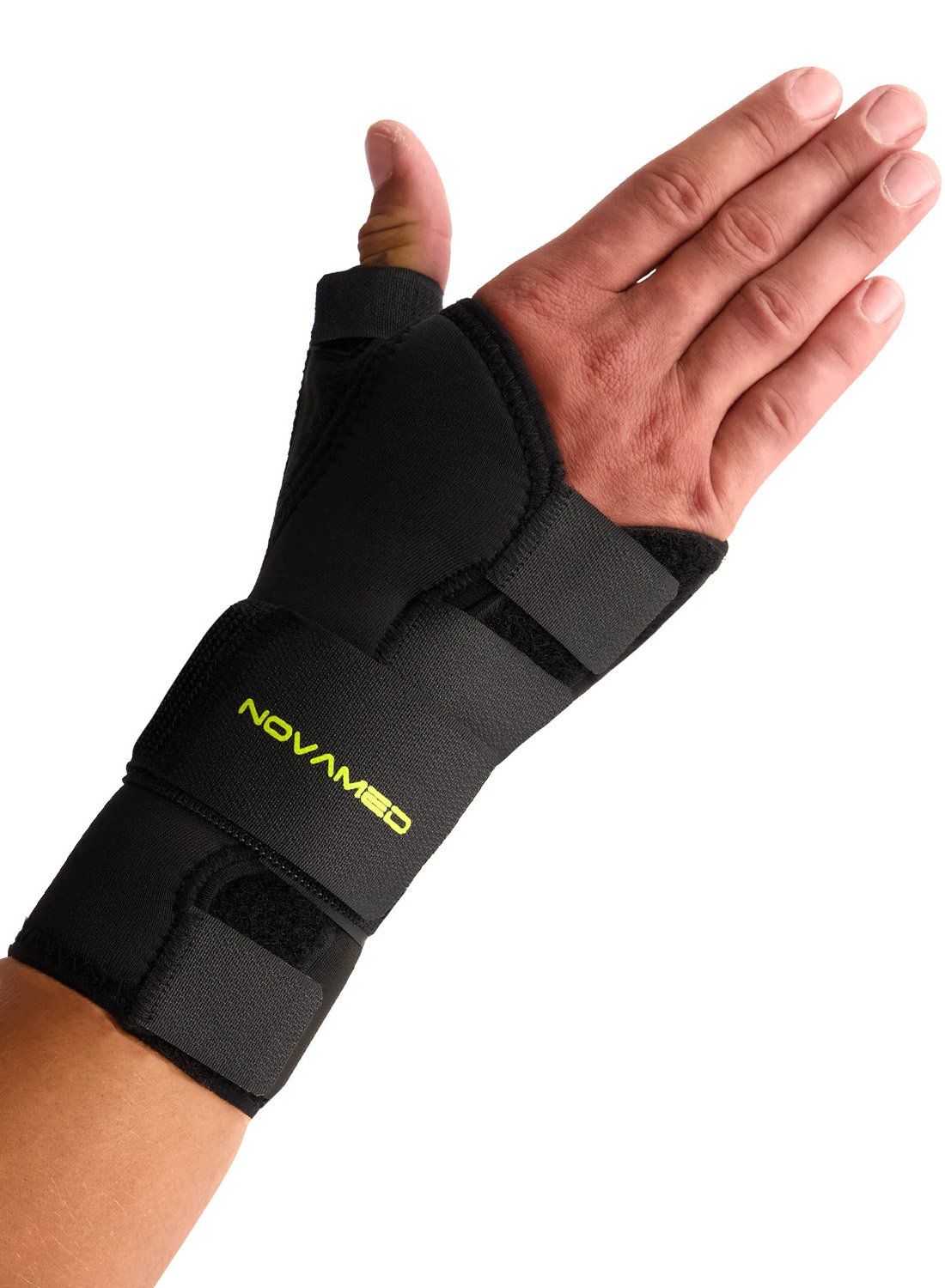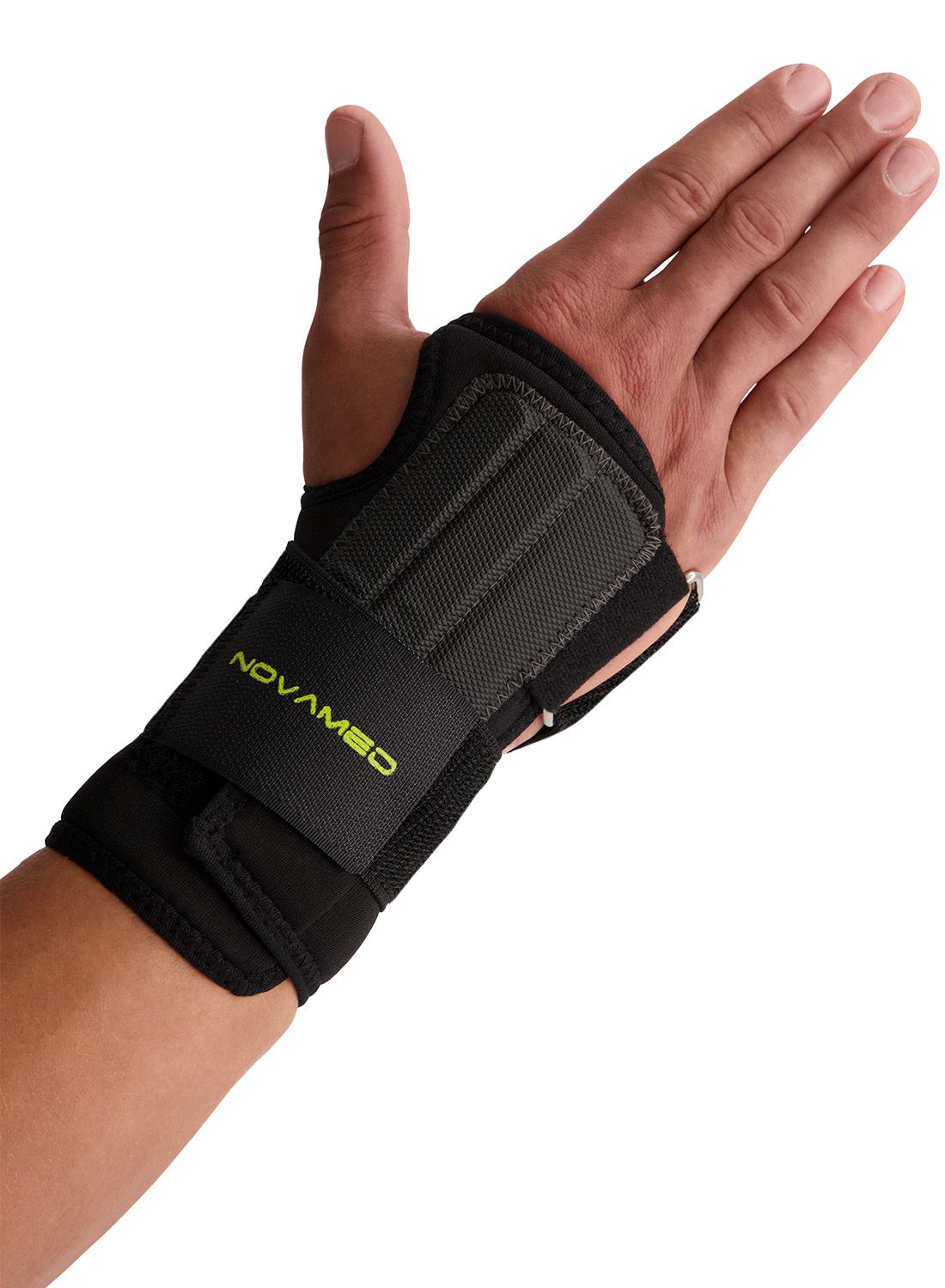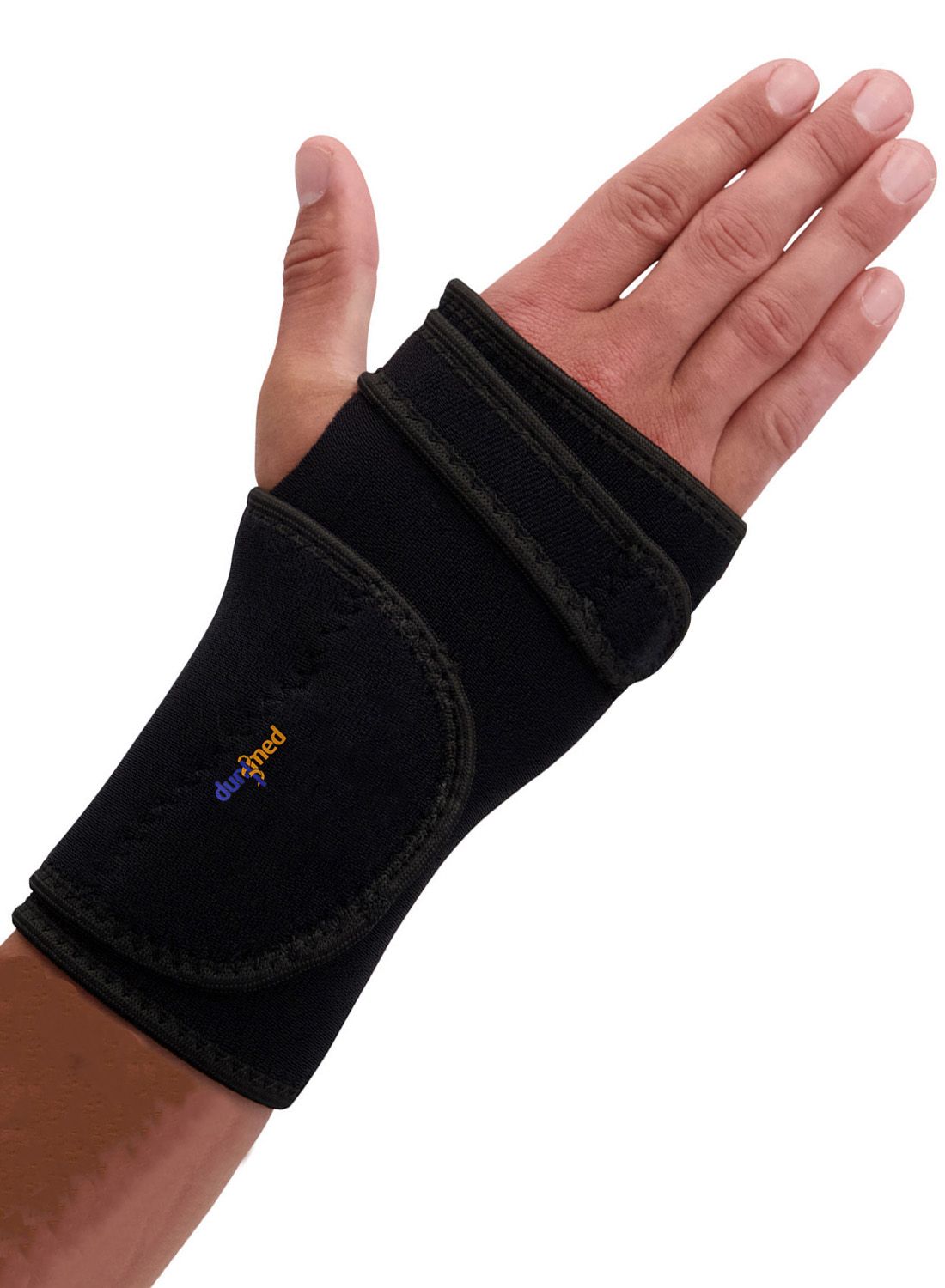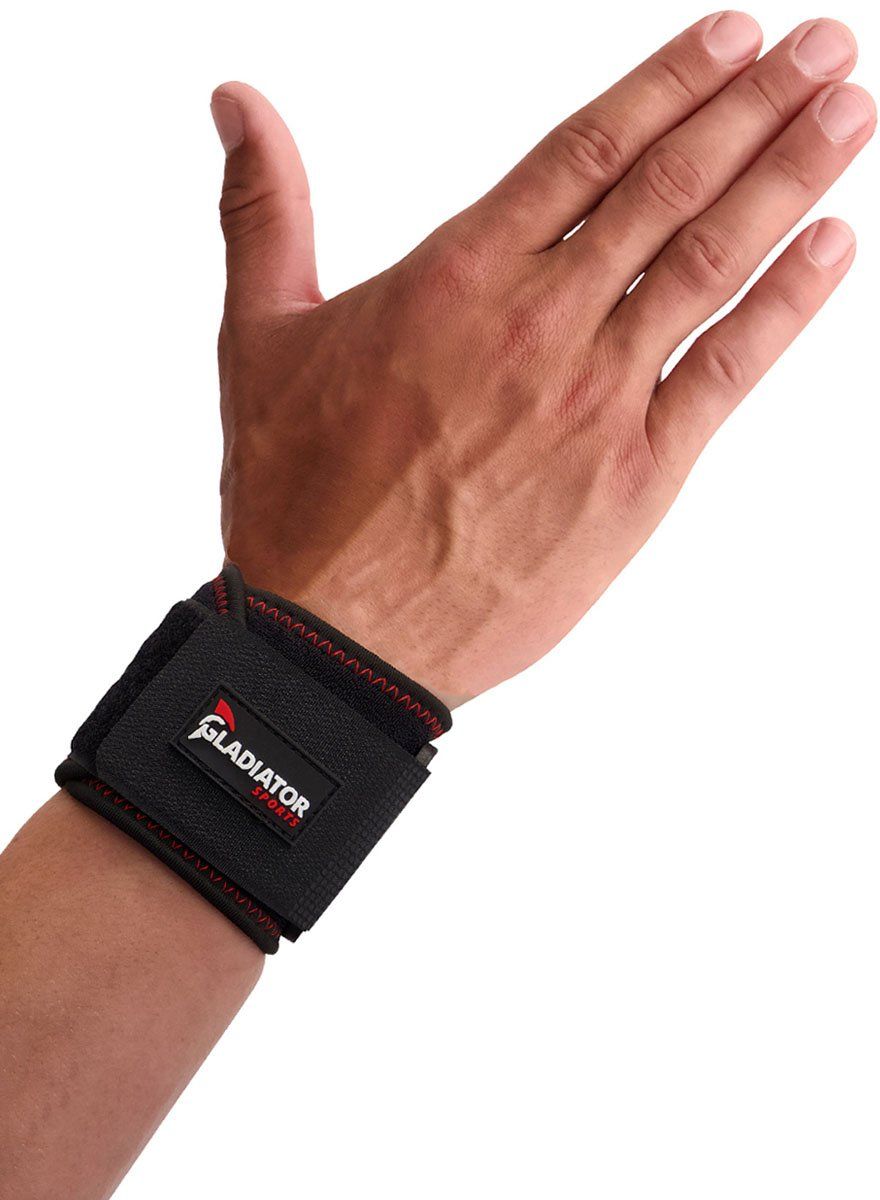Wrist Fracture
A broken wrist is a very troublesome injury. It can take a long time before you’re able to fully use your wrist again. But what are the symptoms of a broken wrist, what causes it, and most importantly — how is it treated? We explain everything below:
What are the symptoms of a broken wrist?
Below are the common symptoms and complaints that often occur with a broken wrist:
- Pain in the wrist area, which decreases when the wrist is supported
- Limited or no ability to move the wrist (often due to pain)
- The wrist appears misaligned or out of its normal position
- Inability to apply force with the fingers or hand
What causes a broken wrist?
There are several types of wrist fractures you can sustain, including a Barton fracture, a Smith fracture, and a Colles fracture.
The Colles fracture is the most common type of wrist fracture and can occur at any age. A broken wrist occurs when there is a fracture in the radius, ulna, or both bones near the wrist. This happens when excessive force is applied to the bone. It may be a hairline fracture, or in many cases, the bone fragments shift out of position. In over 75% of all cases, a broken wrist involves a fracture of the radius and/or ulna.
What is the treatment?
If a broken wrist is diagnosed, the fracture will need to be immobilized with a cast. In some cases, surgery is required. After the cast is removed, physiotherapy can help with further recovery. During the rehabilitation phase, wearing a wrist brace is often recommended. A wrist brace ensures the wrist is not overstrained during recovery, which helps speed up the healing process. It also helps prevent re-injury.

LP Support Bowling – Tennis Elbow Support - Wrist Splint

Super Ortho Wrist Support

Bauerfeind Manuloc Wrist Support
Protection level 3
Novamed Thumb Support / Wrist Splint

Novamed Lightweight Wrist Support

Medidu Arm Sling

Dunimed Carpal Tunnel Syndrome Wrist Support

Dunimed Arm Sling

Viofix Bowling - Tennis Elbow Support - Wrist Splint

Gladiator Sports Wrist Wrap

Gladiator Sports Thumb / Wrist Support

Gladiator Sports Wrist Support

- Physiotherapist
- Sports podiatrist
- Manual therapist
- Podopostural therapist
- Myofascial dry needling specialist


